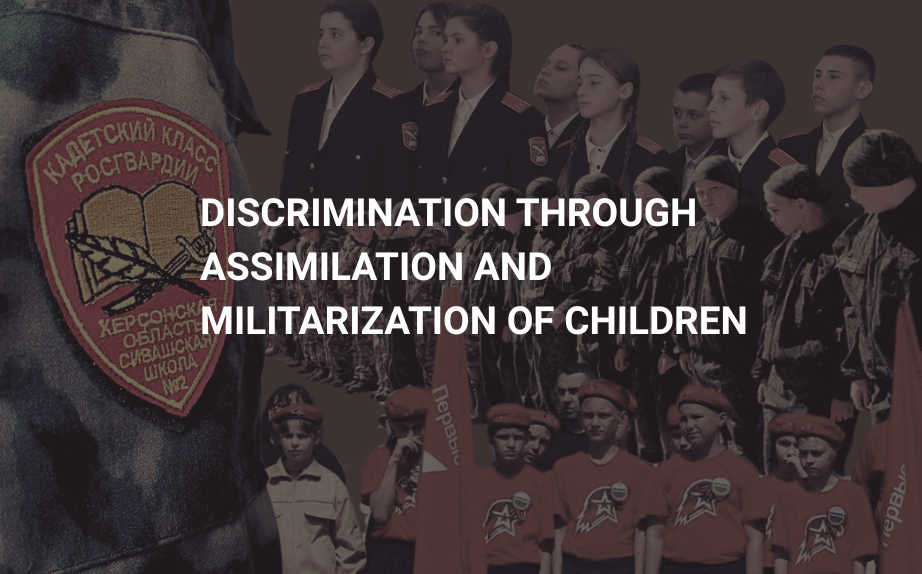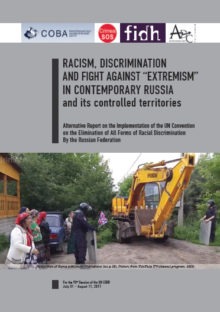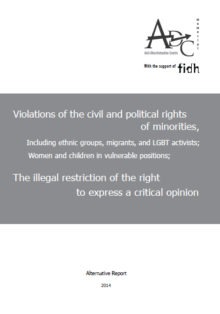The Pamiri peoples living in the Badakhshan Mountainous Autonomous Region of Tajikistan have been defending their identity, culture, and the right to speak their languages for decades. Today, years of discrimination have turned into brutal repression. Five stories tell of the risks that the Pamiris face in the 21st century, from persecution by the authorities, and disregard for their identity and culture, to environmental threats.
Story 1: Pamir 2022: fleeing repression
Pamiris, residents of the Badakhshan Mountainous Autonomous Region (BMAR) of Tajikistan, have been subject to migration in recent decades. The reasons for migration were not only economic, although BMAR remains one of the most backward regions of the country (it has a high level of unemployment, underdeveloped transport and road infrastructure). Many young people did not see their future in their homeland, and could not realize their professional potential there. They were also forced to leave by the repressive practices enacted by the Tajik authorities with a certain regularity. Large Pamiri diasporas have developed in Canada, the USA and, of course, in Russia: it was attractive for the Pamirs in terms of migration (traditionally, the inhabitants of the region speak Russian very well, many have a good education and saw perspectives for professional development in Russia). However, the events of 2021-2022 are increasingly forcing the Pamiris to seek asylum in the United States, Canada, and European countries, although it is very difficult to even get there and even more so to get refugee status or a work visa. Such a difficult choice is due to the fact that the Russian authorities extradite to Tajikistan those who protest against the persecution of the Pamiris, although in their homeland they are expected by the arbitrariness of the security forces, closed courts and cruel sentences without the possibility of legal protection.
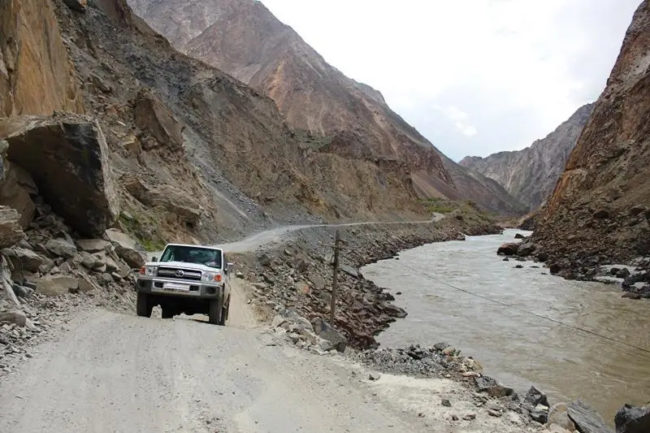
Since the beginning of 2022, as our respondents testify, a real flight from BMAR has begun: residents of the Pamiri villages and the city of Khorog are closing the doors of their houses and leaving with their whole families. Desolation, deprivation of the people of the present and future in their homeland – this is the price of many years of persecution and intimidation, the unwillingness of the country’s authorities to conduct a normal dialogue with the population. “Darkness has fallen on our country,” the Pamiris say.
Story 2: Pamiri peoples in history: risks of assimilation and persecution
Historically, the territory of residence of the Pamiri peoples turned out to be in the zone of interest of various emirates and empires, so the risk of assimilation and disintegration of the Pamiri community has always been relevant. At the end of the 19th century, as a result of the so-called Great Game (the struggle between the interests of the Russian and British empires), Pamir was divided into two parts (one is now part of modern Afghanistan, the other is modern Tajikistan), but the isolation of this region contributed to the preservation of self-identification, language and culture of Pamirs. In recent history, already being part of Soviet Tajikistan, the region inhabited by the Pamiris gained autonomy in the form of the Badakhshan Mountainous Autonomous Region (BMAR).
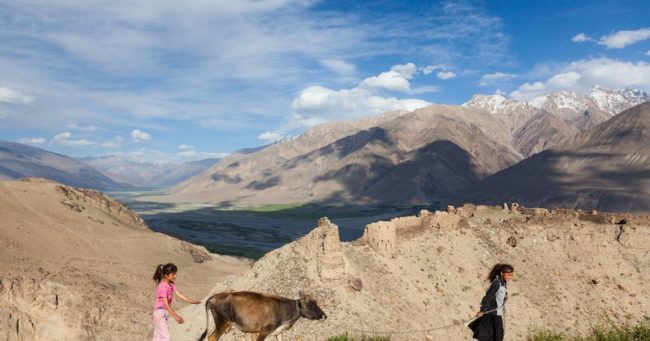
However, in many respects, this autonomy was and remains limited. The Pamiris face the restrictions of religious institutions, and opposition to attempts to expand the scope of the use of the Pamir languages, ignoring their identity. During the censuses of the population, they were not taken into account separately, being recorded as Tajiks. They are not sufficiently represented in the authorities and local government. BMAR is one of the most economically backward regions of Tajikistan, with the highest unemployment rate, underdeveloped roads and infrastructure. All these circumstances contributed to the mass labor migration and emigration of Pamirs, which, on the one hand, became an additional risk factor for their assimilation, and on the other hand, contributed to the replacement of the Pamiri population of BMAR by representatives of the ethnic majority.
Many years of discrimination several times resulted in large-scale repressions against Pamiris. The main crises of the last 30 years were the civil war when ethnic cleansing took place, and the entire region was blocked and experienced mass famine, and in 2012 there was an information blockade, troops were sent in, the militarization of the region took place. Finally, from November 2021 to the present, we are witnessing a brutal phase of repression, with dozens killed during peaceful protests, hundreds injured, hundreds detained and under investigation, and some have already been sentenced to huge – up to lifelong – terms in prison.
What does all this mean for the future of the Pamiri people? In the current situation, men of active age have become a risk group – it is they who make up the vast majority of direct victims of repression (killed, detained, convicted) and those who are forced to leave the region to become labor migrants or asylum seeker. Women, the elderly and children who remain in the region feel vulnerable to the expansion of Tajik identity, not to mention other risks (from the need for economic survival to the violated right to use their native languages and practice their religion, the imposition of strict patriarchal norms). The Pamiri peoples now face the problem of preserving their identity and culture more than ever.
Story 3: Pamir languages as a cause for persecution
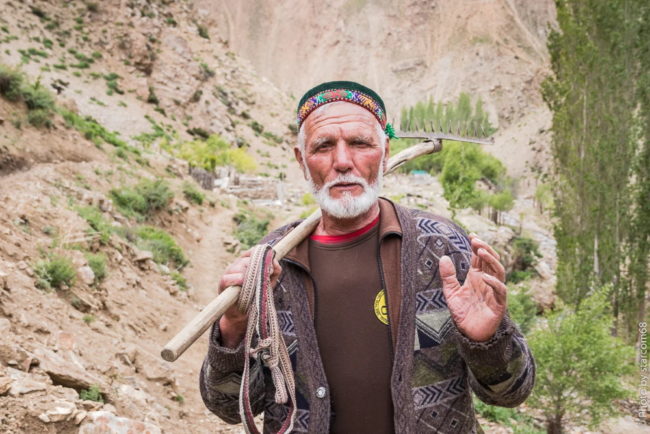
Pamir languages are an important part of the self-identity of the Pamiri people, so the persecution of the population of GBAO, which has intensified in recent years, has a direct bearing on both the languages and the activists who fought for their preservation and popularization. In December 2022, Muzaffar Muborakshoev and Khushruz Jumayev (the latter known under the pseudonym Khushom Gulyam, a 23-year-old blogger) were sentenced to long prison terms of 29 and 8 years. They collaborated on several cultural, linguistic and media projects in Gorno-Badakhshan and wrote about the social and political situation in the region. One of the topics they covered was the revival and active use of writing in the Pamiri languages, drawing attention to the problem of disappearing languages, introducing native languages in school education. Their public organization “Nomus” held conferences and seminars on the subject of Pamir languages. These activities were the reason for the conviction of Hushom and Muzaffar.
The repression of the Pamiris, the denial of their identity, the information blockade of the region, the forced emigration of the population – all these are risks not only for people but also for languages. And the disappearance of a language is an irreplaceable loss to the culture of all humanity.
Story 4: Children of Pamir
The outgoing 2022 has become a catastrophic year for the Eurasian region. The attention of the whole world is riveted to the heroic resistance of Ukraine against Russian aggression, to the plight of those who suffer from shelling and who are forced to leave their homes. Especially – children, whose habitual life was broken by the war. Against this background, the tragedy of the Pamiri peoples is much less noticeable to the world community – although 2022 brought troubles, losses and disappointments for the residents of Gorno-Badakhshan. Repressions, arbitrariness and impunity of the security forces, injustice – all this, the Pamiri children had to face together with adults.

In 2021-2022, the information blockade of BMAR crossed out the dreams of many Pamir high school students to enter prestigious foreign and international universities. Children were not able to apply or take tests online on time, as the Internet in the region was disconnected. Those who had the opportunity were forced to leave BMAR for other regions of Tajikistan. This required significant financial resources (for travel and accommodation), and children from underprivileged families parted ways with their plans. The 2022 crackdown, in which dozens of men were killed, hundreds of protesters injured, hundreds detained, dozens on trial, and some received huge prison terms, took place in front of Pamiri children. Many children are forever left without fathers, brothers and other male relatives or separated from them for many years. So far, there is only one woman among the convicts – Ulfathonim Mamadshoeva, a well-known and respected journalist and human rights activist in Tajikistan, and a beloved mother and grandmother for her family. What will be the future of the children of the Pamiris? Years of neglect of the Pamiri identity and state repressions against Pamiris have led to the fact that the youth of BMAR does not connect the future with their country. This threatens the preservation of the Pamir languages and culture, not to mention particular broken destinies.
Story 5: Lake Sarez: an environmental threat to the inhabitants of the Pamir
Sarez Lake is located in the Rushan and Murgab regions of the Badakhshan Mountainous Autonomous Region of Tajikistan. This is a popular tourist place: there are legends written about it, songs and poems are written, but at the same time it is called the “slumbering dragon” and the “time bomb”. To get there, you need to get a special pass from the Ministry of Emergency Situations of Tajikistan. After all, Sarez belongs to the so-called “dammed” lakes – the reservoir was formed more than a century ago, as a result of a strong earthquake.

In the winter of 1911, on the site of the Usoy village destroyed by the elements, a mountain formed – the Usoy blockage – more than 500 meters high and 5 km long, which became a natural dam and blocked the valley of the Murgab River (aka Bartang). The resulting huge bowl gradually filled with water. Six months later, the water flooded the village of Sarez, which gave the name to the lake. In subsequent decades, the water level rose by several meters per year, and by the middle of the 20th century, the parameters of the lake had stabilized: its depth is about 500 meters, its length along the gorge is 65-75 km, and its volume is more than 17 cubic km. Sarez Lake poses an ecological threat to the inhabitants of the Pamirs. Its volume and size depend on the amount of precipitation and glacial waters, which in the era of global warming and the melting of glaciers might become a reason for a breakthrough of a natural dam. The risk also increases due to high seismic activity. In the event of a breakthrough, the consequences will be catastrophic for the entire region – a huge wave is predicted, and residents of several countries will suffer from flooding. Now Sarez Lake is being monitored, and a warning system and evacuation of the population in the event of a breakthrough has been developed. This was done in the course of an already completed international project, but experts criticize its implementation and the effectiveness of the created warning system. To ensure the safety of the inhabitants of the region, constant scientific research, seismological and geological surveys using the latest tools, and the search for long-term engineering solutions to the problem of safe lowering of the lake level, taking into account previously developed projects, are necessary.









 Feedback
Feedback 


